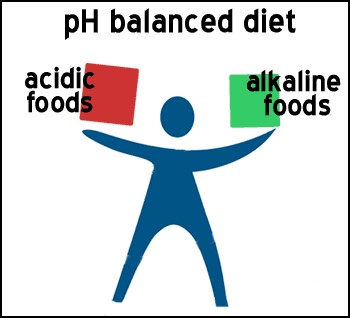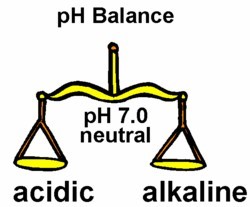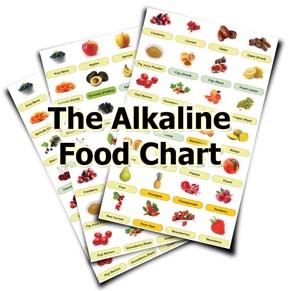One of the Simplest Ways to Maintain Health and Fitness!
Something that’s impressed me over the years: Cook’n Club cooks aren’t just interested in great-tasting food, they’re interested in healthy food as well. With that in mind, I thought I’d share a quick and simple thing we can do to continue to put not just yummy, but healthy meals on the table.

Keeping your body balanced and functioning optimally depends almost completely on your diet. In other words, alkaline meals (as opposed to acidic meals) is the cooking goal. An alkaline diet can boost your energy, help you sleep better, slow down aging (think arthritis, wrinkles, osteoporosis, etc.), protect against cancer, and keep your mind sharp. By eating a diet that consists primarily of alkaline foods, about 70–80%, you can drastically improve your quality of life.

And why is this number so good? Because if your body is in a very acidic state, it will naturally seek balance, and does so by drawing nutrients from the bones (such as calcium, for instance, which then leads to osteoporosis). When the body is in an alkaline state, there is much less tendency to cellular damage and disease.
With the science out of the way, then, let’s look at what kinds of foods you can eat to help restore this important balance between acidity and alkalinity. Some of the most alkaline-producing foods are:
- Green juice
· Leafy greens (chard, collards, spinach, romaine, kale, cilantro, parsley, dandelion and beet greens, for instance)
- Cucumber
- Lemon
- Melons (cantaloupe being one of the best)
- Chia seeds
And you’re certainly not limited to this short list. There are other alkaline-producing foods:
- Figs
- Molasses
- Almonds
- Beets
- Dates
- Celery
- Garlic
· Cayenne peppers
- Broccoli
- Cauliflower
· Brussels sprouts\
- Radishes
- Carrots
- Bananas
- Tomatoes
Really, the list goes on. And do you see the pattern here? The majority of alkaline-producing foods are plant foods. So basically, you can rest assured that just about any plant food you eat (think of that salad you try to include in your evening meal) is doing alkaline-producing duty.
The rest of the story, acid-producing foods that ought to be avoided, isn’t new news. Do your best to stay away from processed sugar, processed foods, conventionally produced meats (factory- farm-raised beef, pork, poultry), coffee, soda, and alcohol.

So as I said in the beginning, it’s quick and simple: Just include more plant food (cooked and raw) in your meal planning and you’ll be providing not just delicious meals, but acidity/alkalinity balance as well—one of the simplest ways to maintain health and fitness!
- www.imperfect-lifeguide.com
- www.thenaturalwaynow.com
- www.acidalkalinediet.com
 Alice Osborne
Alice Osborne
Weekly Newsletter Contributor since 2006
Email the author! alice@dvo.com
